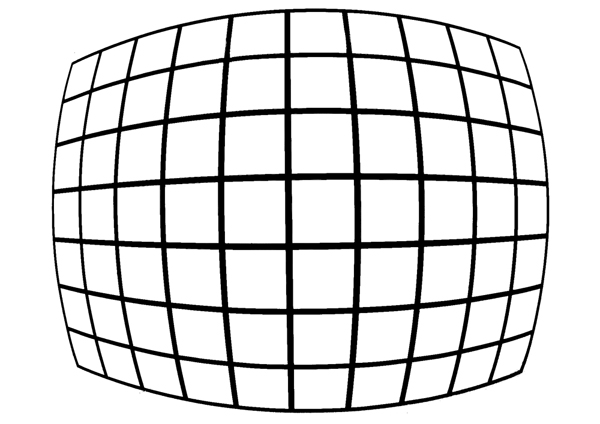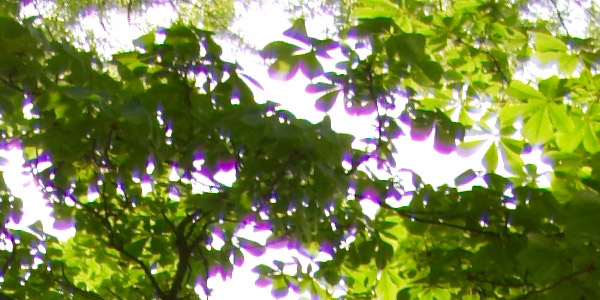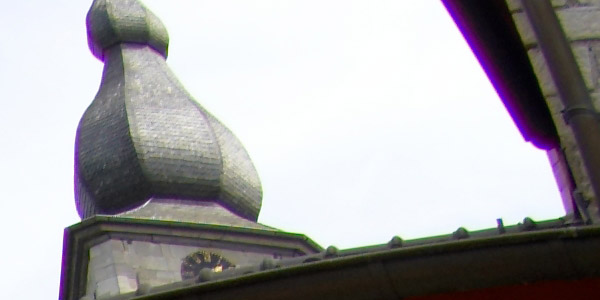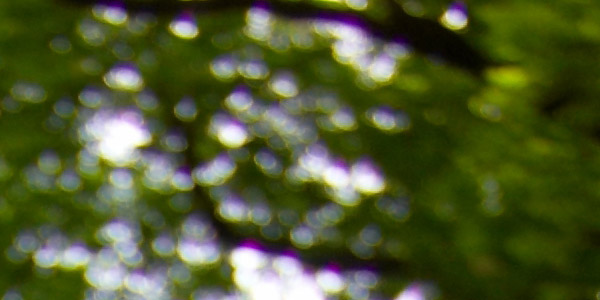|
Pentax SMC DA 10-17mm f/3.5-4.5 ED[IF] Fisheye - Review / Test Report - Analysis |
|
Lens Reviews -
Pentax
|
|
Page 2 of 3

Distortion
The fisheye effect of the DA 10-17mm cannot be measured via the Imatest toolkit
but the reference images below should give you an idea about the degree of barrel distortion -
remember that the lens is supposed to produce such a high degree of distortion. This is not
a design problem.
|
Move the mouse cursor over the focal length text marks below to observe the respective distortion
|
| 10mm |
17mm |
|

|
The chart above has a real-world size of about 120x80cm.
Vignetting
Sorry - no vignetting figures this time. I'm absolutely clueless how to produce an evenly
lit plane for a lens with a field-of-view of 180 degrees ... 8-)
MTF (resolution)
Testing a fisheye lens is a bit experimental. The Imatest toolkit freaked out regarding
all the wild curves at the image borders at the 10mm setting. The 17mm MTFs
should be quite accurate whereas the border resolution figures at 10mm should be only
taken as a very rough guidance.
Keeping this in mind the Pentax SMC-DA 10-17mm f/3.5-4.5 ED[IF] Fisheye produced
good to very good results in the lab. At 10mm the center performance is already very high
at wide-open aperture and the borders follow not far behind. Stopping down produces only
marginally sharper results. The local sweet spot is at f/8. At 17mm there's a performance
drop - not in the center but the borders suffer a bit. The situation is better
at f/8 or f/11 where the border quality recovers to good+ levels.
The Tokina variant in Nikon mount performed somewhat better so the tested sample may not
have been the very best one.
Please note that the MTF results are not directly comparable across the different systems!
Below is a simplified summary of the formal findings. The chart shows line widths per picture height (LW/PH) which can be taken as a measure for sharpness.
If you want to know more about the MTF50 figures you may check out the corresponding Imatest Explanations
Chromatic Aberrations (CAs)
Lateral CAs (color shadows at harsh contrast transitions) can be quite a problem with
the DA 10-17mm Fisheye. At 10mm the lens produces a quite excessive amount of border
CAs (2.5+ pixels) whereas the situation isn't quite as bad at 17mm (~1.3 pixels).
Please note that lateral CAs are correctable via imaging tools.

Purple Fringing
Lateral CAs may not be good but the really bad characteristic of this lens is purple fringing
(a color blooming effect at extreme contrast transitions). At the time when I took the lens for a
ride it was an overcast day which is among the worst situation when it comes to
purple fringing due the extreme contrasts between your subject and the sky. Here're
a couple of 100% crops which should illustrate the potential degree of the problem.



|